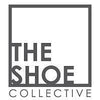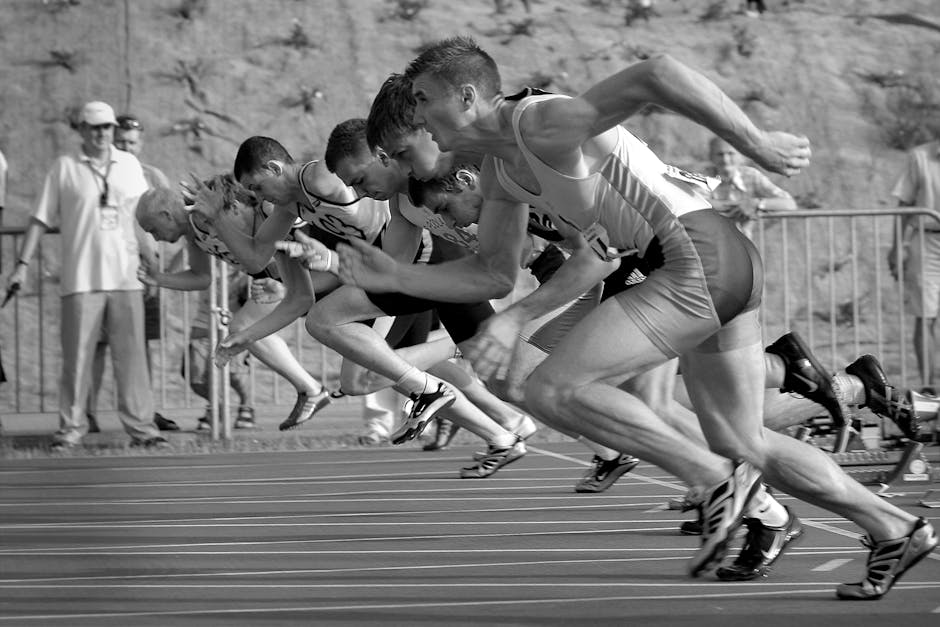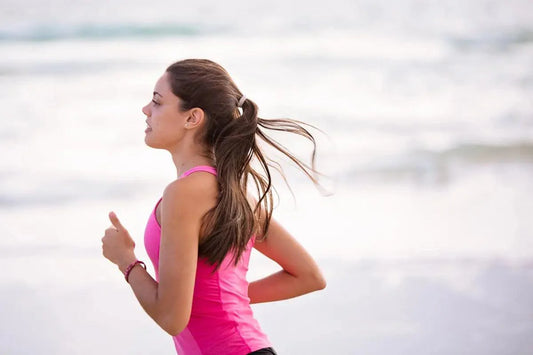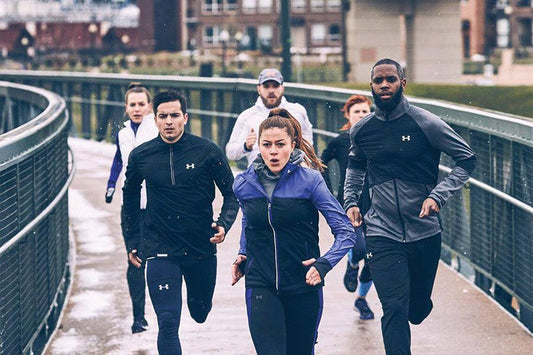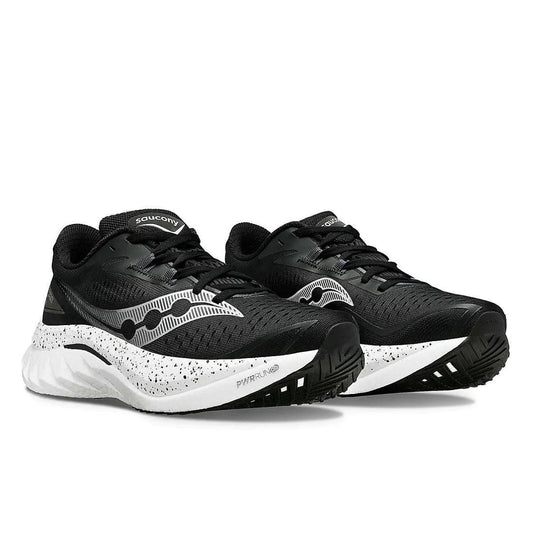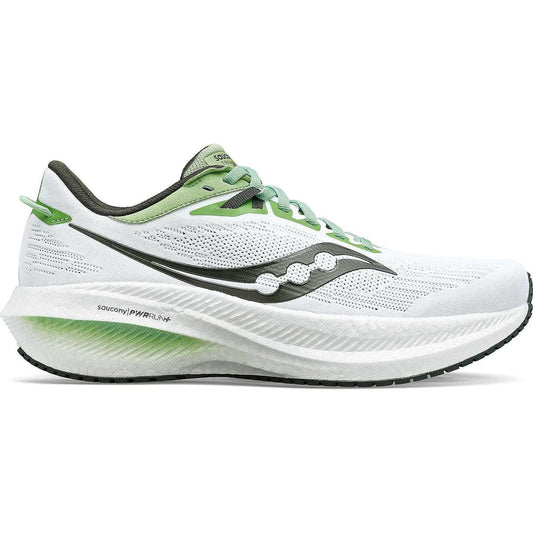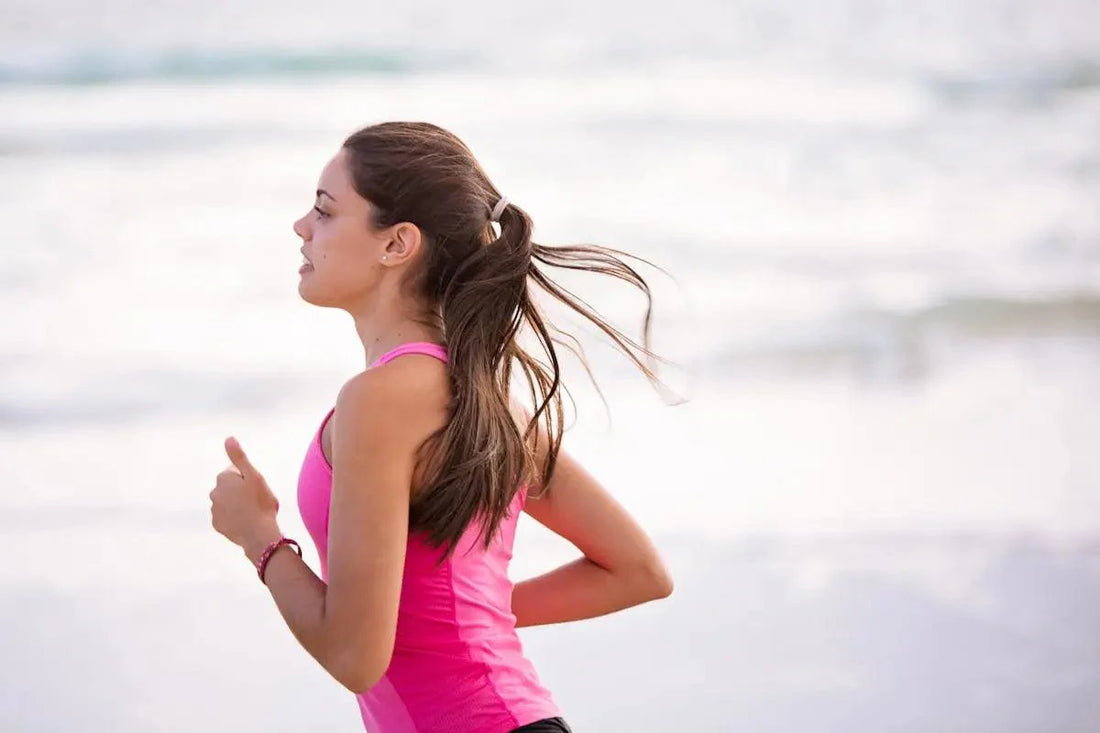
Choose the Right Running Shoes
Introduction to Choosing the Right Running Shoes
Choosing the right running shoes is more than picking flashy designs or the latest brand endorsed by athletes. It’s about finding a blend of comfort, support, and style that matches your running needs. Start by considering the terrain you’ll be tackling. Road runners require shoes with extra cushioning to absorb the impact of hard surfaces. If you’re venturing onto trails, look for shoes with sturdy grips that can handle uneven paths and slippery slopes. Your foot type also plays a crucial role. Some runners have flat feet and need shoes with strong arch support, while others might have high arches, seeking out more cushioning. Remember, the fit is paramount. A good running shoe should feel snug but not tight, offering enough room for your toes to move. It’s wise to try shoes on in the evening when your feet are naturally a bit swollen from the day’s activities, ensuring a better fit. Don’t chase after bargains or get swayed by what looks good. Your running shoes are an investment in your health and performance. Choosing wisely can mean the difference between an exhilarating run and one filled with discomfort and potential injury.
Understanding Your Foot Type and Gait
Knowing your foot type and gait is crucial when picking running shoes. Everyone’s feet and how they move are unique. Here’s the lowdown. First, let’s talk foot type. Generally, we’ve got three types: flat feet, high arches, and neutral. Flat feet tend to roll inward too much, a motion known as overpronation. High arches often mean less shock absorption and underpronation, meaning your foot rolls outward. Neutral is, well, balanced.
Now, your gait. It’s about how you walk or run. Observing your gait helps identify the right shoe support for you. We’ve got stability shoes for overpronators, cushioned shoes for underpronators, and neutral shoes for, you guessed it, neutral gait.
In summary, matching your foot type and gait to your running shoes can prevent injuries and improve comfort. No fancy jargon needed, just pay attention to your feet and how you move. It’s that straightforward.
The Importance of Proper Fit
Getting the right fit in running shoes isn’t just about comfort; it’s crucial for avoiding injuries and improving your running performance. Shoes that are too tight can lead to blisters and black toenails, while shoes that are too loose can cause slipping and lack of stability, increasing the risk of sprains. The ideal shoe should have about a thumb’s width of space between your longest toe and the front of the shoe. This ensures enough room for your foot to expand during a run. Also, make sure the shoe’s width fits snugly but not too tight across your foot to prevent any side-to-side movement that could throw off your balance. Remember, your feet swell during runs, so trying on shoes later in the day when your feet are their largest can give you a better idea of the true fit. Aim for a comfortable, secure fit that supports your foot type and running style.
Different Types of Running Shoes Explained
When you’re looking for running shoes, it might feel like you’re trying to crack a secret code. Terms like “neutral” and “stability” get thrown around a lot. Let’s break it down. Basically, there are three main types of running shoes. Neutral shoes are for folks with a normal arch and no major gait issues. They’re all about providing comfort during your run. Next, we have stability shoes. These are for runners who have mild to moderate overpronation, meaning their feet roll inward too much when they hit the ground. These shoes offer extra support to prevent that. Then, there are motion control shoes. These are the most supportive shoes you can get, designed for runners with severe overpronation or flat feet. They help keep your foot in line and prevent too much movement. So, when you’re out shoe shopping, think about your arch and how your feet move when you run. That’ll guide you to the right type of shoe. Remember, the right fit makes all the difference.
Key Features to Look for in Running Shoes
When picking running shoes, focus on these main features: cushioning, support, fit, and durability. Cushioning absorbs the impact as your feet hit the ground, reducing stress on joints. Look for shoes that give you a comfortable bounce without feeling too soft. Support matters for your foot’s natural shape and running style. Some of us need more arch support than others. Fit is crucial - your running shoes should feel snug but not tight, with enough room to wiggle your toes. Finally, durability ensures your shoes withstand miles of running. Don’t skimp here; a durable shoe saves money in the long run. Remember, the best shoe for you depends on your individual needs, so consider these features carefully.
How to Test Running Shoes for Comfort and Fit
When you’re picking out running shoes, think about how your feet feel in them above anything else. Do this by pressing down on the top of the shoe to make sure there’s about a thumb’s width of space between your longest toe and the shoe’s front. This space stops your toes from hitting the front when you run. Next, wiggle your toes. If you can’t move them freely, the shoe might be too tight. The sides of your feet should feel snug but not squeezed. Some shoes feel perfect the minute you put them on, but walking around in them for a few minutes is a good way to be sure. Pay attention to any spots that rub, pinch, or feel tight. Remember, a shoe that causes discomfort when trying them on won’t get better with time. Lastly, flex the shoe. It should bend where your foot naturally bends, showing it supports your stride. Always trust how the shoe feels on your run, not just how it looks or its specs. Comfort and fit trump everything.
When to Replace Your Running Shoes
Knowing when to swap out your running shoes is crucial for preventing injuries and keeping your feet happy on the road. A good rule of thumb is to replace your shoes every 300 to 500 miles. However, this varies depending on your running style, the shoe’s build quality, and the surfaces you usually run on. For example, runners hitting the pavement might wear down their shoes faster than those trekking on trails. An easy sign your shoes are due for a change? Check the midsole. If it looks wrinkled or compressed, it’s time for a new pair. Also, pay attention to how your body feels. Increase in muscle fatigue, shin splints, or joint pain can signal worn-out shoes. Don’t wait for these red flags to become a serious issue. Keep track of your mileage, and when in doubt, opt for a new pair of kicks to keep your runs smooth and safe.
Top Tips for Shopping for Running Shoes
When you’re shopping for running shoes, getting it right can make all the difference. Follow these top tips to choose the best pair for your feet. First, know your foot type. Are your arches high, flat, or neutral? This matters because it affects how you run. Second, consider where you’ll be running. Road running shoes are different from trail running shoes. Third, go shoe shopping in the afternoon. Your feet swell during the day, so afternoon sizes will give you the most accurate fit. Also, make sure you’re wearing the type of socks you’ll run in. Next, always try before you buy. Run around the store if you can. Comfort is king when it comes to running shoes. Finally, think about cushioning and support. These elements should match your foot type and running style. Don’t chase the latest trend. What works for your friend might not work for you. Remember, the right shoes help prevent injuries and make your runs enjoyable.
Caring for Your Running Shoes to Extend Their Life
To make your running shoes last longer, here’s the deal: keep them clean, dry, and only use them for running. After each run, knock off any dirt or debris. If they’re really dirty, a gentle scrub with soapy water does the trick—just stay away from the washing machine since it can mess them up. Always let them air dry. Never put them near a heater; it can warp them. And here’s a crucial bit: use your running shoes just for running. Walking around in them all day wears them down faster. Also, rotate between two pairs if you can. It gives them a break and time to bounce back to their original shape, making them last longer. Trust me, your shoes and wallet will thank you.
Summary and Final Thoughts on Selecting the Perfect Pair
Choosing the right running shoes isn’t just about style; it’s crucial for your feet’s health and performance. Remember, no single shoe fits all. Your perfect pair depends on your foot shape, gait, and where you run. Road runners might prefer different shoes than trail blazers. Always go for comfort over aesthetics. A shoe that fits well can prevent injuries and enhance your running experience. Brands offer a wide range, but the best shoe is the one that feels right when you run. Don’t skimp on quality. Sometimes, spending a bit more means better durability and support. Lastly, when your shoes start showing wear, replace them to avoid discomfort or injury. Happy running!
